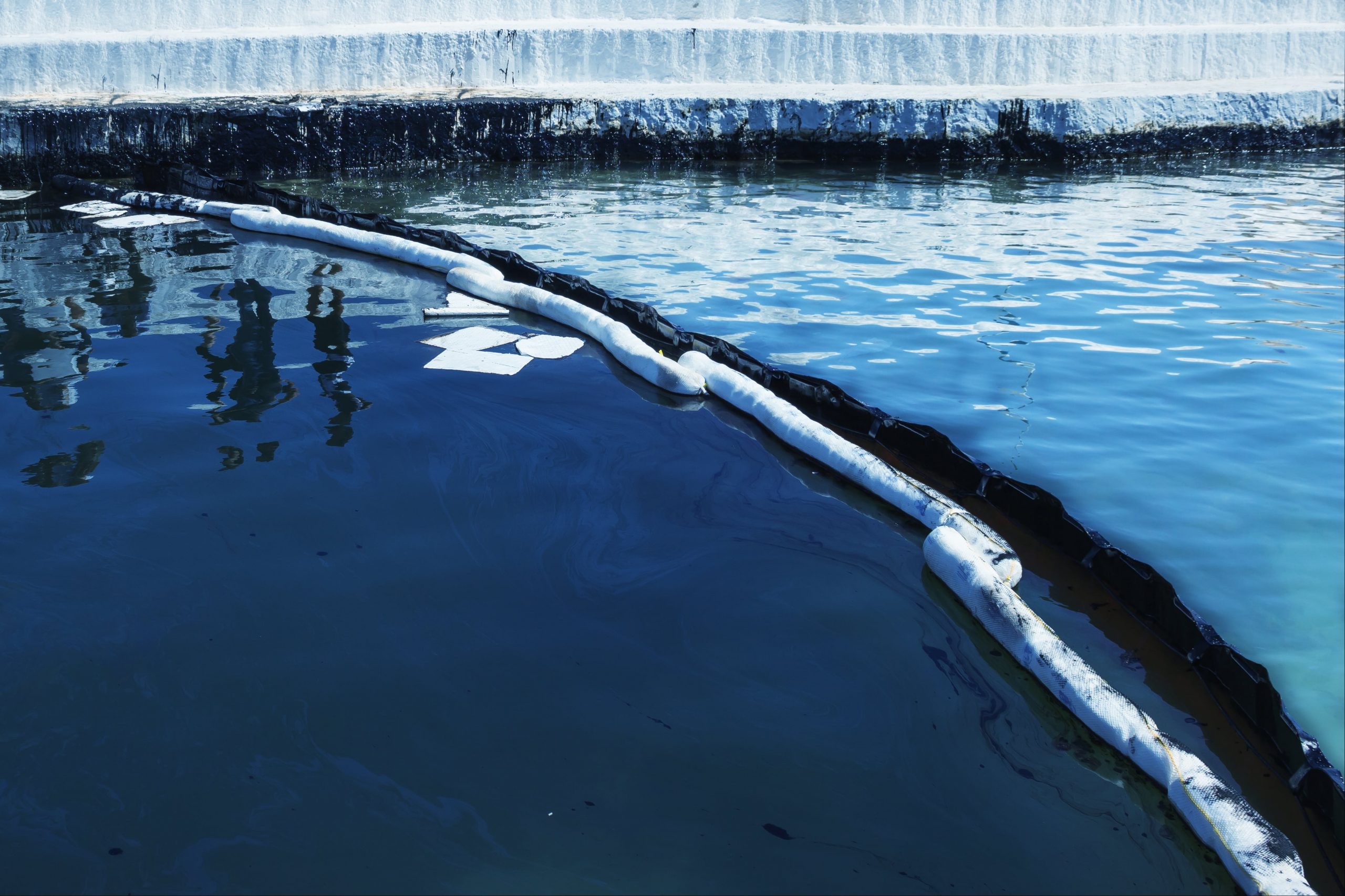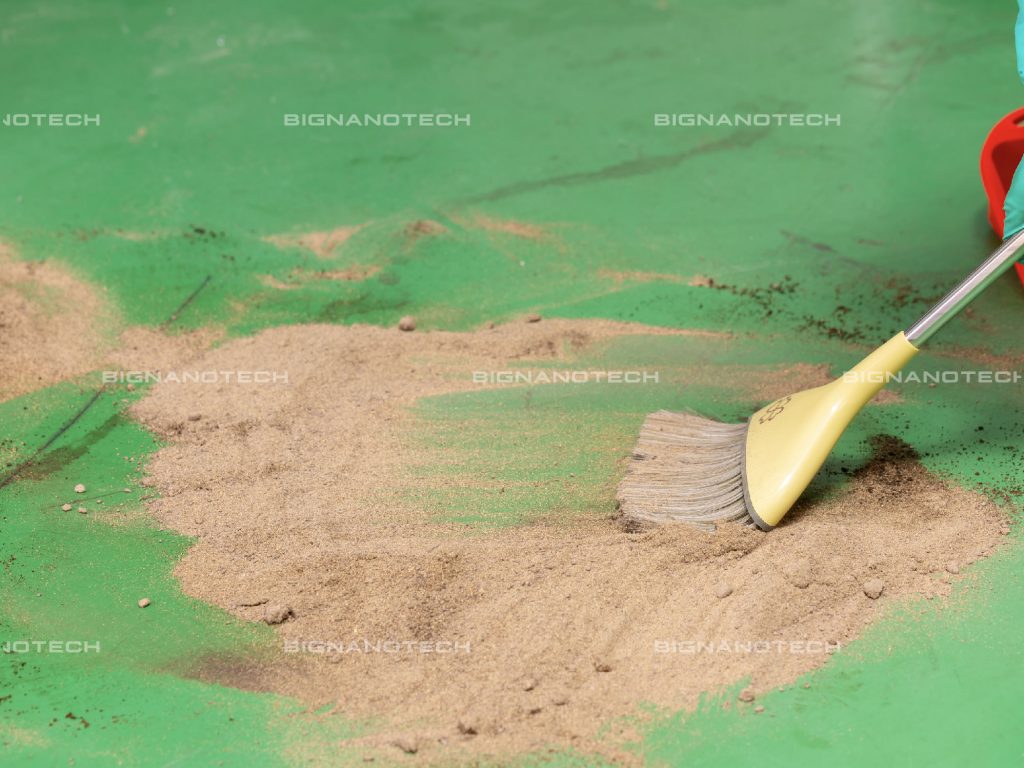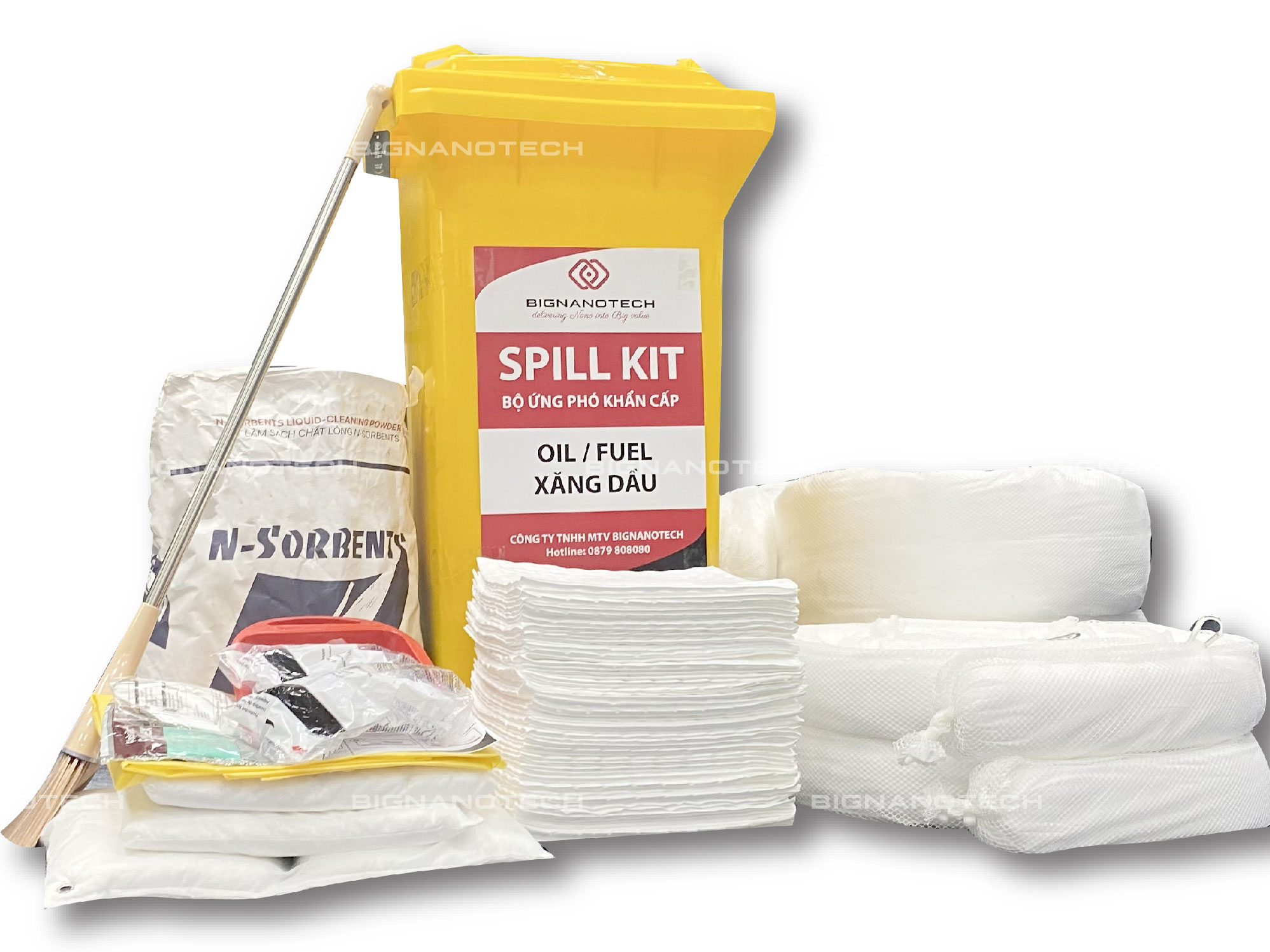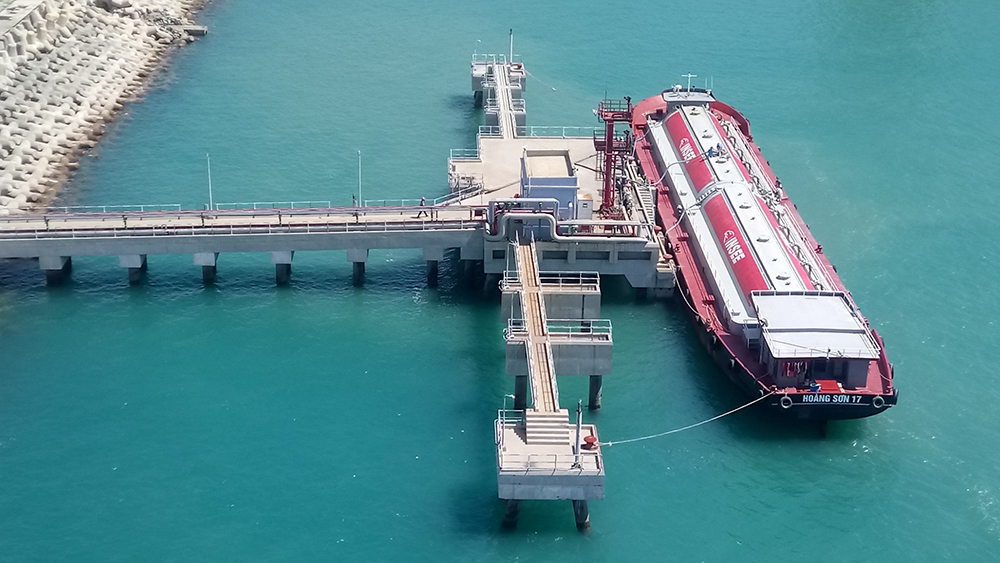
During the operation and maintenance of thermal power plants, there are always potential risks of oil spills. Below are the areas where oil leaks or spill incidents may occur in a thermal power plant.
a. Oil Import Port Area
- Oil leakage during oil pumping: This is often due to the oil pipe of the ship being degraded, not meeting quality standards due to wear and tear, or external impacts breaking the pipe.
- Oil leaks or disconnections between the import nozzle and the export nozzle: This is usually caused by incorrect worker handling leading to loose connections or due to tidal fluctuations where port staff fail to check and adjust the connections promptly.
- Oil leakage due to the oil tanker colliding with the dock, causing the oil compartment on the ship to puncture; collisions between the fuel supply ship and cargo ships: This may be due to the incompetence or negligence of the crew, damage or degradation of ship mooring materials and equipment, or other external factors such as wind, currents, or other vehicles in the port.
b. Pipeline Area from Port to Storage Tanks
Oil leaks from the pipe body, valves, flanges, or burst pipes during oil pumping: This is due to the degradation of the oil pipeline, not meeting quality standards, or external impacts, such as collisions with other vehicles or strong winds causing the pipe support system to collapse.
c. DO Oil Storage Tank Area
Oil overflow from the tank lid: This is usually due to the automatic shutdown system failing when the tank is full or miscalculations of the oil quantity pumped into the tank, leading to overfilling.
Leaks from the tank body, bottom, or drain pipe flanges: These are caused by external impacts or the degradation of the tank body, resulting in punctures or burst sections, and damage to flanges or drain pipes at the bottom of the tank.
Oil spills during the process of draining water from the bottom of the tank for sampling before and after filling: This is due to opening the drain valve too forcefully, causing oil to spill out of the barrel, or tipping the barrel during transport to the recovery tank.
d. HFO Oil Storage Tank Area
Potential oil spill risks include:
- Accidents during oil extraction/loading and maintenance of storage tanks.
- Leaks from connections due to equipment degradation or incorrect handling by workers.
- Geological fluctuations or intentional sabotage causing ruptures.
e. Oil Pump House Area
- Leaks from connection joints and valves: Mainly caused by degraded or damaged equipment due to external impacts.
- Accidents during oil pumping operations due to incorrect handling by workers.
f. Oil Pipeline Area
- Vehicles colliding with the pipe support system.
- Natural disasters or strong winds causing pipeline ruptures.
- Degraded equipment leading to oil leaks.
g. Oil Recovery Tank Area
- Oil overflow from the tank lid: Caused by staff not monitoring the automatic level control system of recovery tank valves.
- Leaks from the tank body or bottom: Due to external impacts or degradation leading to punctures or burst sections in the tank body.
h. Oil-Contaminated Water Treatment Tank Area
- Oil tank overflow: Due to excessive inflow of oil-contaminated water and lack of monitoring and dredging of the tank.
- Leaks or tank ruptures: Caused by natural disasters or geological fluctuations.
i. Hazardous Waste Storage Area
- Tipping of waste oil drums: Caused by external impacts.
- Prolonged leaks from waste oil drums: Due to wear and degradation of the drums.
j. Transformer Area
- Leaks or spills during repair and maintenance: Caused by not following proper repair and maintenance procedures.
- Technical faults or explosions at the transformer station: Due to machinery degradation over time or natural disasters, or intentional sabotage.
k. Repair Oil Tank Area
Oil leaks from the pipe body, valves, flanges, or burst pipes during oil pumping: Due to the degradation of the oil pipeline, not meeting quality standards, or external impacts, such as collisions with other vehicles or strong winds causing the pipe support system to collapse.
Learn more about effective oil spill and leak management at thermal power plants here: HARMFUL EFFECTS OF OIL SPILLS AT THERMAL POWER PLANTS AND SOLUTIONS
For product consultation, please contact:
BIG NANO TECHNOLOGY
Hotline: (+84) 879 808 080 – (+84) 868 939 595
Email: sales@bignanotech.com

